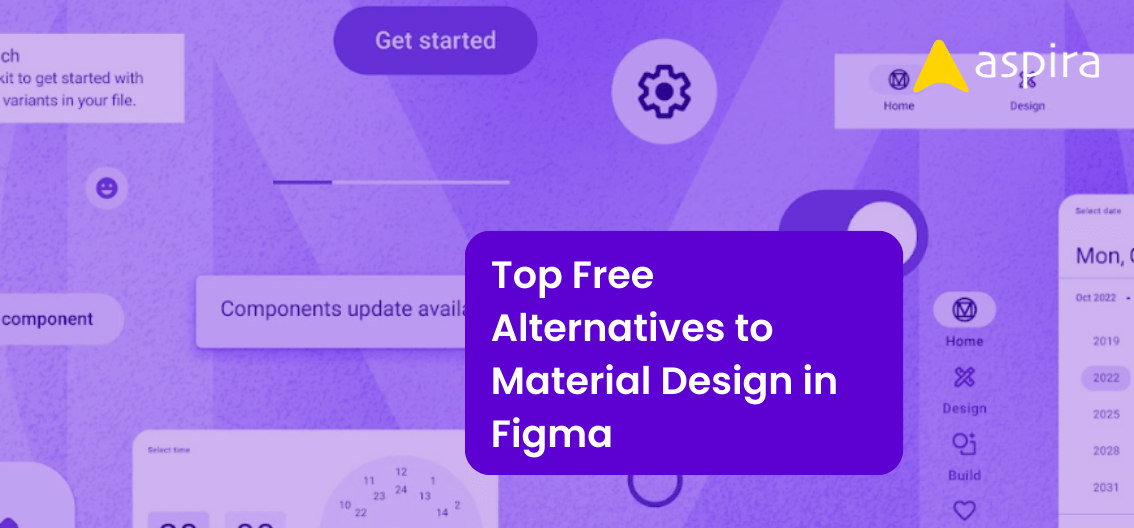UX Design - Mentor & Author.
13 Mar, 2024

User Experience (UX) design is a multidisciplinary field that goes beyond technical proficiency and requires a blend of both technical and soft skills. While technical skills are vital for functional design, soft skills are crucial for a positive user experience. In this article, we will explore the significance of soft skills in UX design and how they contribute to the success of digital products.
Understanding Soft Skills in UX Design:
Soft skills, also known as interpersonal or people skills, cover attributes supporting effective communication, collaboration, and problem-solving. In the context of UX design, these skills are integral to understanding user needs, preferences, and behaviors. Key soft skills for UX designers include:
- Empathy: Empathy is at the core of UX design. Designers need to understand and feel what users experience to create interfaces that resonate with them. Being able to step into the user’s shoes allows designers to anticipate needs, pain points, and preferences.
- Communication: Effective communication is essential for conveying design concepts, justifying design decisions, and collaborating with cross-functional teams. UX designers must articulate their ideas clearly to ensure everyone involved in the project is on the same page.
- Collaboration: UX design is a collaborative process that involves working with developers, product managers, marketers, and other stakeholders. Strong collaboration skills enable designers to integrate diverse perspectives and create a cohesive user experience.
- Problem-solving: UX designers often encounter complex challenges that require creative problem-solving. Soft skills such as critical thinking and adaptability enable designers to navigate uncertainties and find innovative solutions that address user needs effectively.
- Active Listening: Actively listening to users, stakeholders, and team members is crucial for gathering valuable insights. Active listening helps designers identify pain points, understand user expectations, and incorporate feedback into the design process.
- Storytelling: The ability to weave a narrative around user experiences is a powerful soft skill. Storytelling enables designers to communicate the user journey, fostering empathy and conveying emotional aspects of the design to stakeholders. This, in turn, fosters a user-centered approach to design.
The Impact of Soft Skills on UX Design:
User-Centered Design: Soft skills enable UX designers to adopt a user-centered design approach, placing the needs and preferences of users at the forefront. This approach results in products that are more intuitive, satisfying, and aligned with user expectations.
Stakeholder Alignment: Effective communication and collaboration foster alignment among stakeholders. When UX designers explain design decisions and gather input from the team, alignment is ensured toward common goals.
Iterative Design: Soft skills contribute to the iterative design process, where designers continually refine and improve their work based on feedback. Through empathy and active listening, designers can better understand user feedback and iterate on their designs to enhance the overall user experience.
User Advocacy: Soft skills empower UX designers to advocate for the user throughout the design process. Understanding and articulating user needs empowers designers to influence decision-making, prioritizing features that enhance the user experience.
Conclusion
So, we’ve explored why soft skills are important in the field of UX design, covering everything from empathy to storytelling. It’s not just these skills that matter; there are numerous soft skills to consider, but we’ve highlighted the top 7. These skills are beneficial not only for the day-to-day tasks in UX design but also for increasing job prospects if you’re in the job market. Therefore, without delay, focus on mastering these soft skills to excel in your job. Happy Designing!


